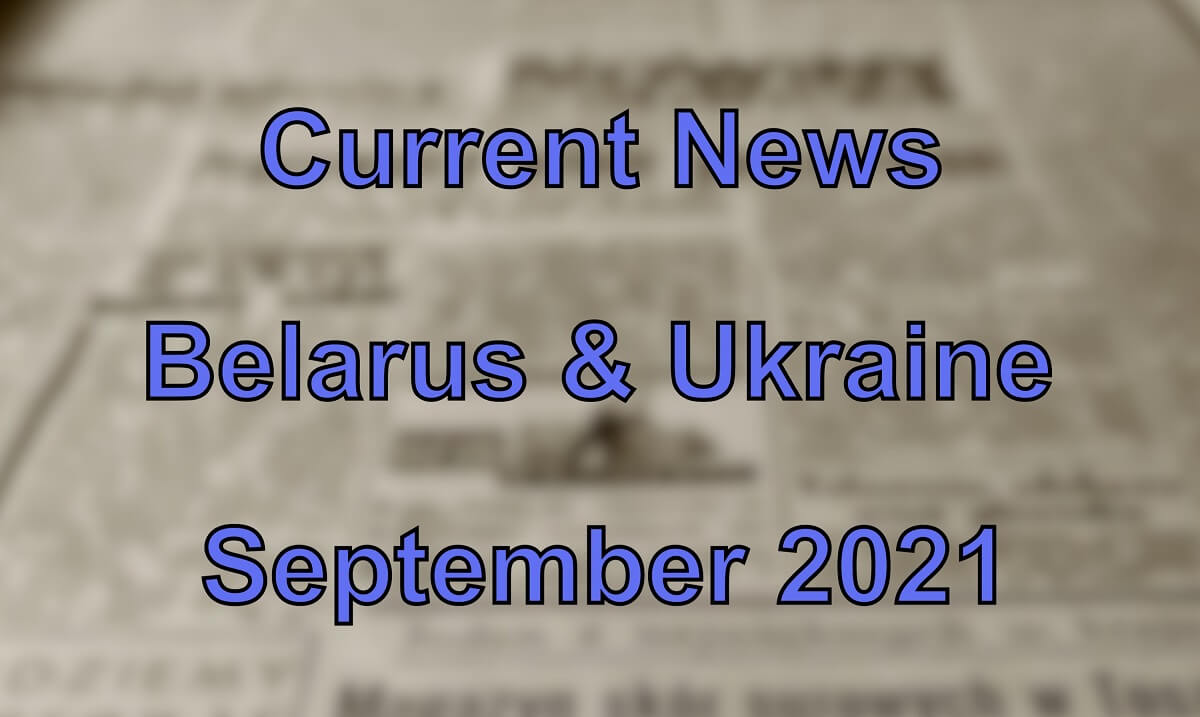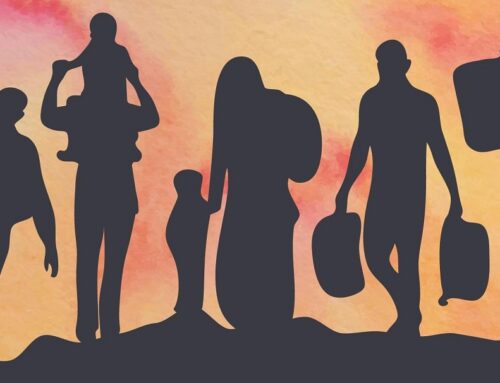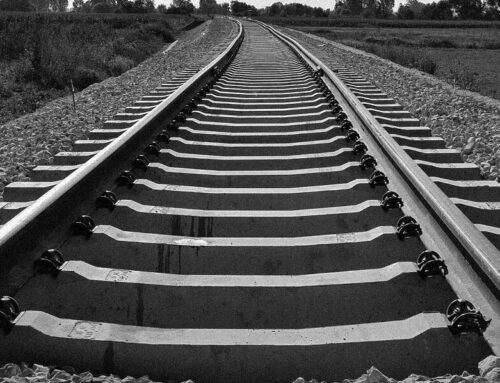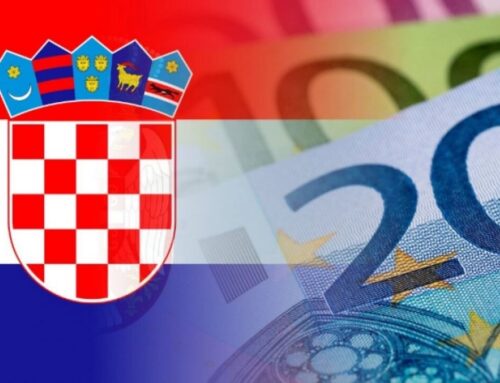Belarus
August 31. Russia and Belarus plan to sign the integration plan in September.
During the upcoming meeting on September 10, leaders of Russia and Belarus Vladimir and Alexander Lukashenko plan to sign roadmaps regarding the deeper integration of the two countries.
According to Belarusian Ambassador Vladimir Semashko, currently only three of the so-called roadmaps and a general map for deepening integration are left to be signed. These roadmaps outline a plan for political integration of Belarus and Russia as part of the union state that was launched in 1999.
For the last few years, the countries have been in talks regarding 31 such roadmaps focusing on the integration of political and economic spheres. Nevertheless, the mentioned documents have never been made public and are subject to a heated debate as many Belarusians previously protested against integrating their country with Russia.
September 2. Polish authorities declared a state of emergency along the border with Belarus amidst a surge of illegal migration.
According to the emergency order, which was last used during the communist period, banned mass gatherings and limited movements of people in a 3 km wider strip of land in two Polish regions bordering Belarus. The state of emergency will be active for 30 days.
A week before, Poland began building a barbed wire fence to limit the flow of migrants primarily from the Middle East crossing the Polish border from Belarus. In the last few months, Poland and Lithuania, both saw an increase in illegal migration from Belarus following the EU’s decision to impose economic sanctions on Minsk after Belarusian authorities forced the landing of a RyanAir aircraft with a dissident journalist on board.
September 2. President of Belarus Alexander Lukashenko said the country is expecting a large delivery of weapons from Russia.
According to him, Minsk plans to acquire combat jets, helicopters, and air-defense missile systems. He also mentioned the possibility of receiving and deploying S-400 anti-aircraft systems.
Lukashenko also said that Russia and Belarus have a single army, and the Belarusian troops form its backbone in the western direction.
‘[If] a war starts, the Belarusian army will be the first to engage in the fight, and the western group of Russia’s armed forces will join quickly after to form a joint defense.’
September 4. A painting depicting President of Belarus Alexander Lukashenko with a gun and his youngest son Nikolai during last year’s protests was put on display at the Palace of Independence.
According to the press secretary of the Belarusian leader, the author of the painting is a daughter of one of the Presidential Security Service employees who voluntarily, ‘without any order’, decided to prepare this present to Alexander Lukashenko on his birthday. It took her about six months to finish the portrait.
As the Belarusian leader said: ‘They gave me a painting where I was running with Kolya holding a machine gun. It was such an important moment in my life. She got it pretty accurately. Sure, I am not an art expert, but I liked this picture.’
Ukraine
September 1. President Biden promised Ukraine’s President that the United States affirmed his support in a struggle against ‘Russian aggression’ in the region.
The meeting took place in the Oval Office as part of Ukrainian President Volodymyr Zelensky’s visit to the US.
‘The United States remains firmly committed to Ukraine’s sovereignty and territorial integrity in the face of Russian aggression and for Ukraine’s Euro-Atlantic aspirations,’ Biden said adding that he would like to visit Ukraine. Such an occasion would be the first one by a US President since George W. Bush, who visited the country in 2008.
While Joseph Biden confirmed his support for Ukraine’s aspirations towards Europe, Zelensky thanked him for a new $60 million defense aid package aiming to counter pro-Russian insurgents in the East of the country.
The package includes Javelin anti-armor missiles and other lethal weapons. Its approval by Congress came in due to a ‘major increase in Russian military activity along [Ukraine’s] border’ and mortar attacks, cease-fire violations and other provocations.




